Gortyna
| Distance | 45 km. away from Heraklion |
|---|---|
| Open to the public: | Open every day, 08.00 - 15.00 (winter time) |
| Entrance fee: | Adults 6 €, Senior citizens 3 €, Students and young people up to 18, free admission. |
| Toilet Facilities: | Available |
| Café: | Available |
| Wi-Fi: | Available |
| Parking space: | Available for all types of vehicles |
| Facilities for people with disabilities: | Available |
| Supervised by: | Hellenic Ministry of Culture and Sports |
| Access & walking difficulty: | Difficulty rating, 1 |
One of the most important sites of Crete, located in south central Crete 45 km. away from Heraklion, towards Moires. The excavations started very early in 1896 by Frederic Halbher (Italian) and Josef Chatzidakis (Greek).Gortyna was one of the most powerful city states of ancient Crete. As the Romans captured the island, Gortyna became the capital city of Crete and Cyrene (north Africa) and enjoyed big prosperity. The city area is spread in many hectares of land, while in the visited by groups territory some of the most important buildings are: The big early Christian basilica of St. Titus, which was built in the 6th- 7th c.AD, and it is believed to be the first bishop’s seat in Crete, and the burial place of Titus, first bishop of the island. Then is the Roman Odeon, a building of the 1st c.AD from the times of Trian the Emperor. In the same area, is the Gortyna law code, known as the ‘Queen of inscriptions’ or ‘the Great inscription’ a collection of very early Greek laws that were cut on stone in the 5th c. BC. Across the street from the fenced site are a few more excavations that can not be visited properly though, only what one can see through the fence: The Praetorium, which was the governor’s home. The temple of Apollo, the temple of Isis and Sarapis, and the 5 ailed basilica of the 4th – 5th c. AD, which could be according to some the real church of St. Titus, ancient theaters, fountains and many more.
The finds of Gortyna are some in the Museum of Archaeology and some in the Historical Museum in Heraklion, while next to the café there is a small collection of Roman sculptures.



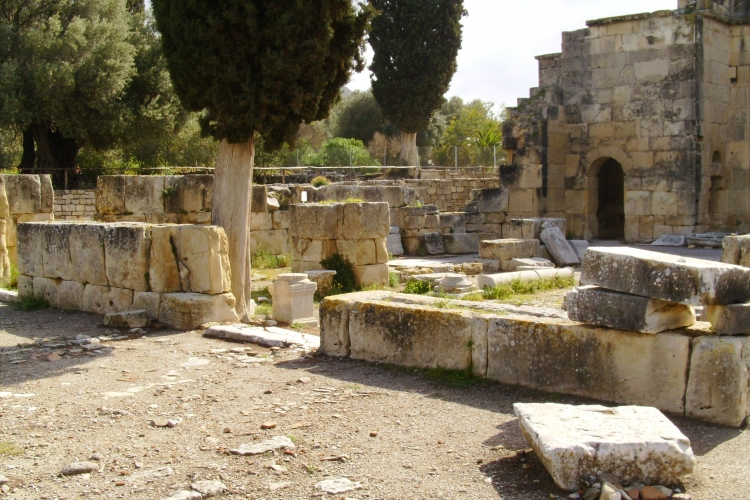
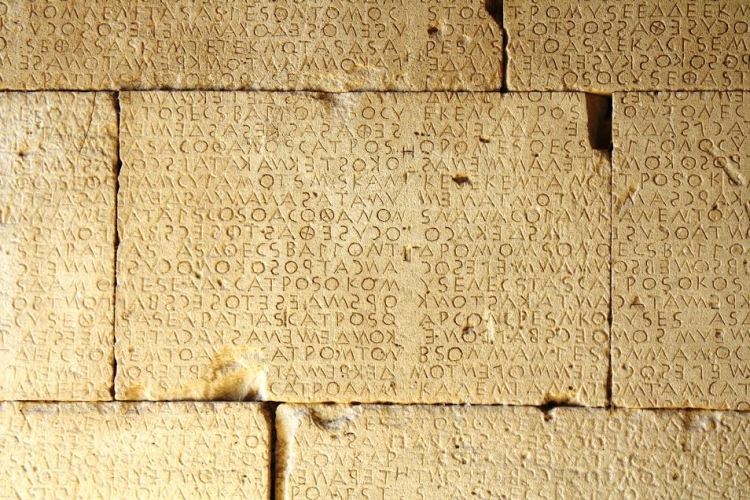
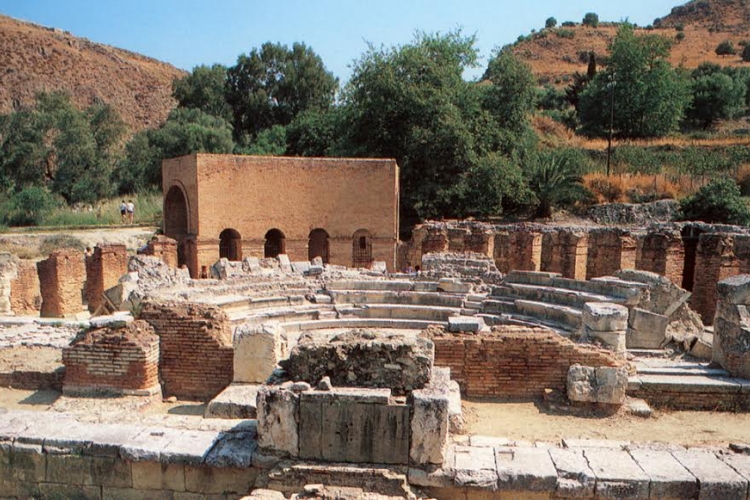



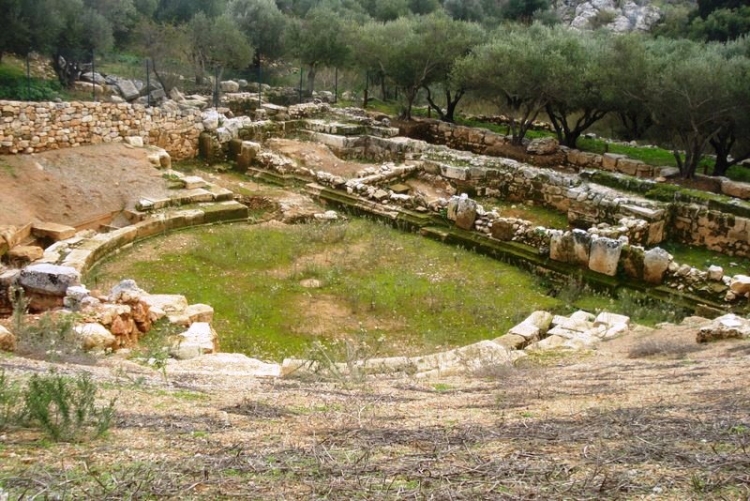
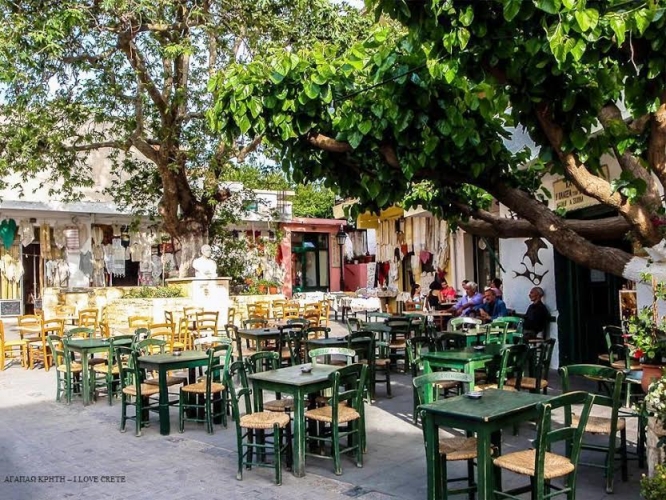
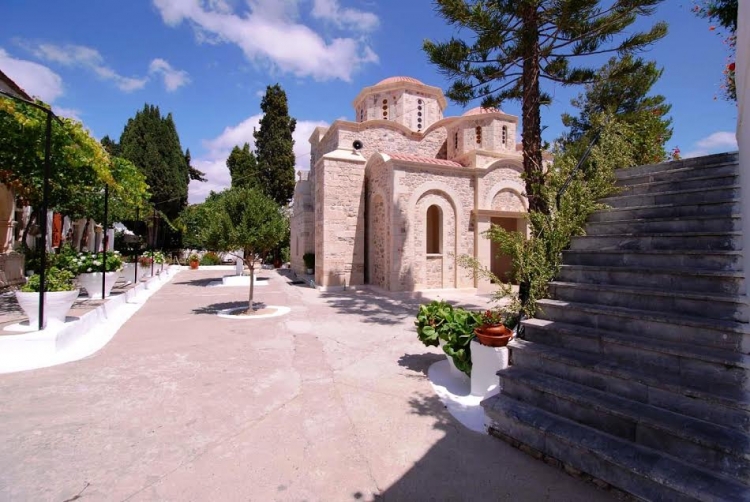
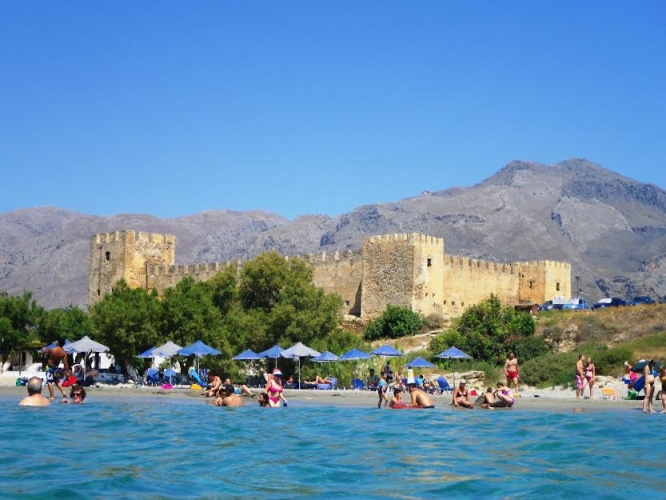
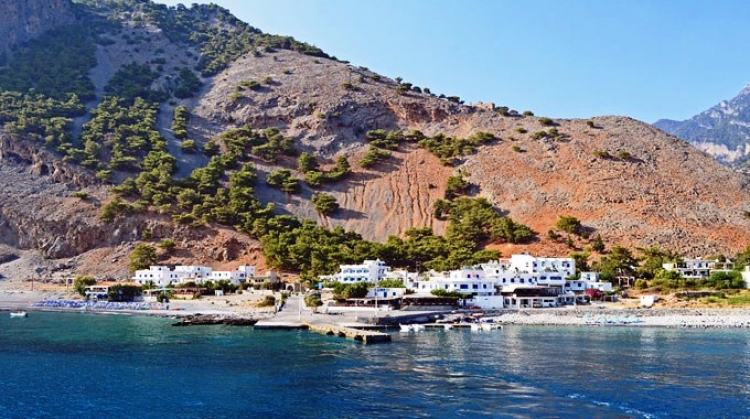
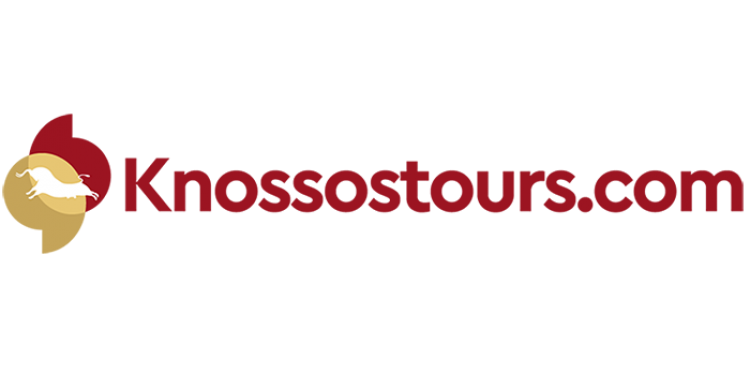

_566_400_s.jpg)

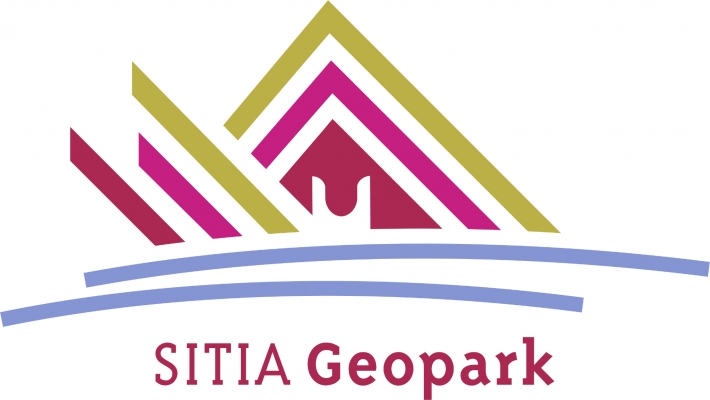
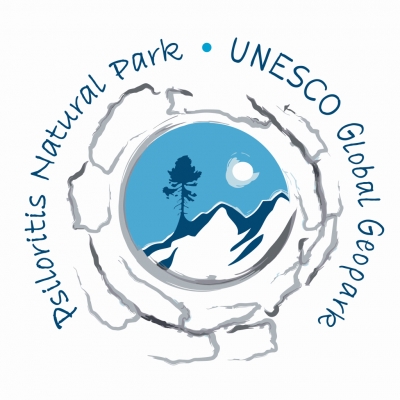
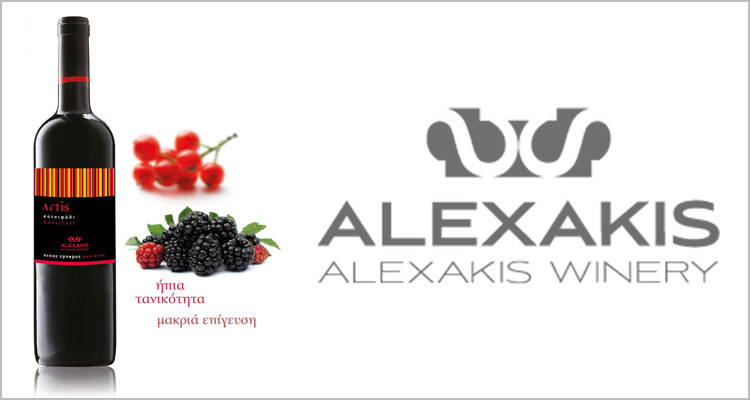
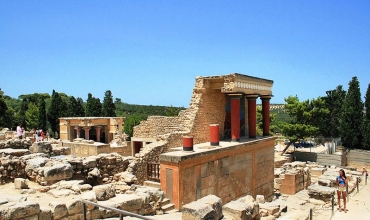
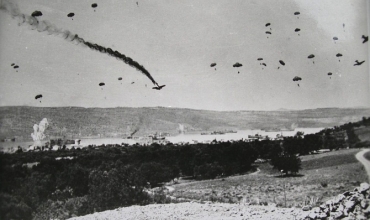
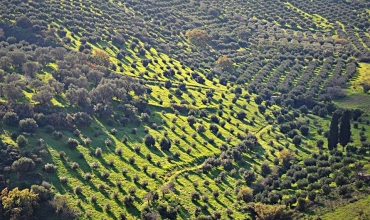
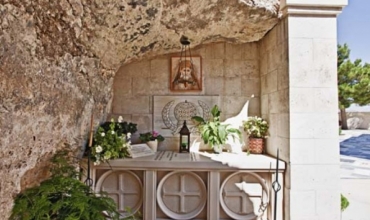
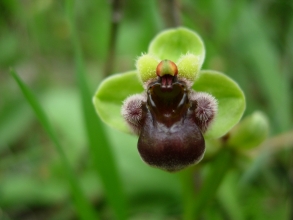 Botanical
Botanical
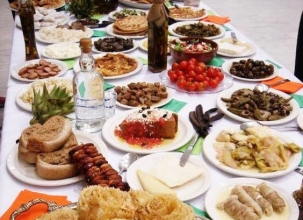 Culinary/Gastronomy
Culinary/Gastronomy
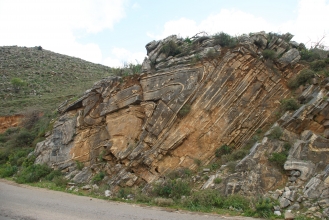 Geology
Geology
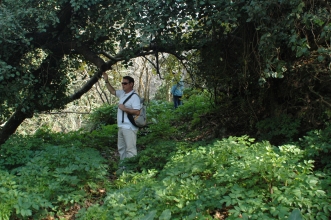 Hiking
Hiking
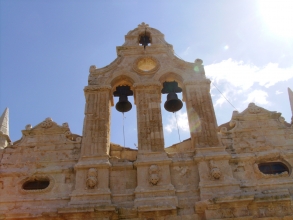 Historical
Historical
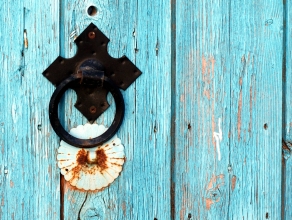 Village experiences
Village experiences
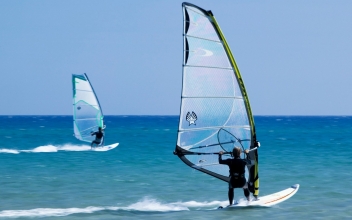 Sports activities
Sports activities
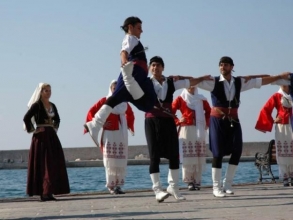 Cultural
Cultural
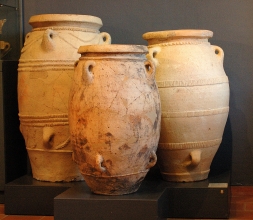 Archaeology
Archaeology
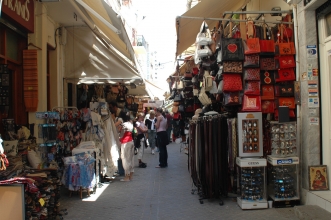 Shopping
Shopping
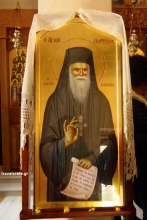 Religious Tourism
Religious Tourism
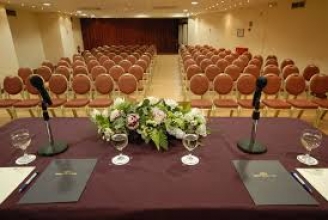 Congress
Congress
 Accessible Tours
Accessible Tours
















